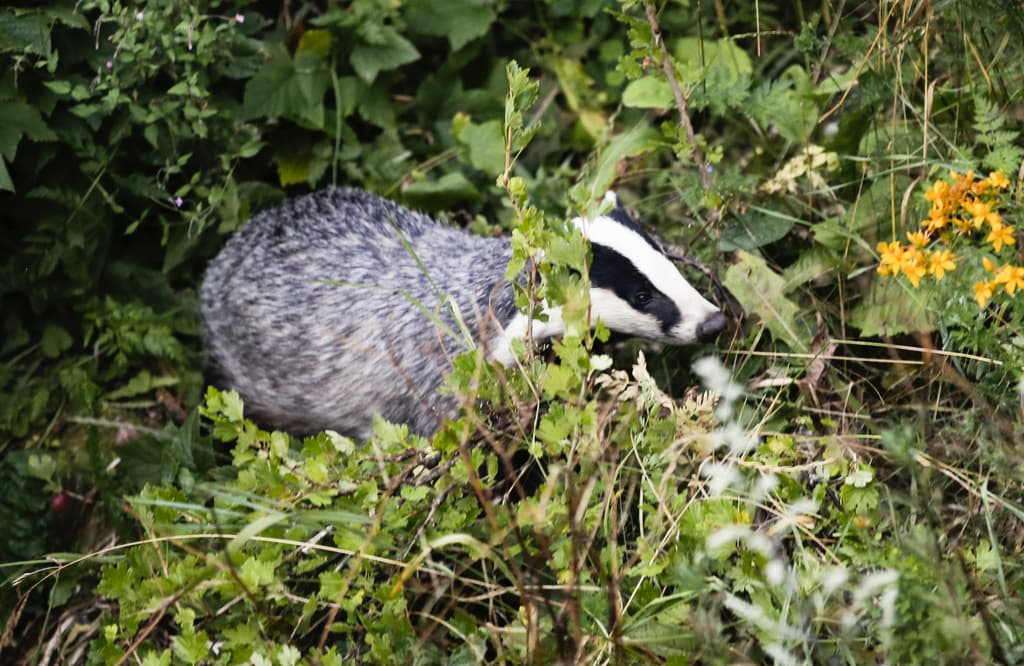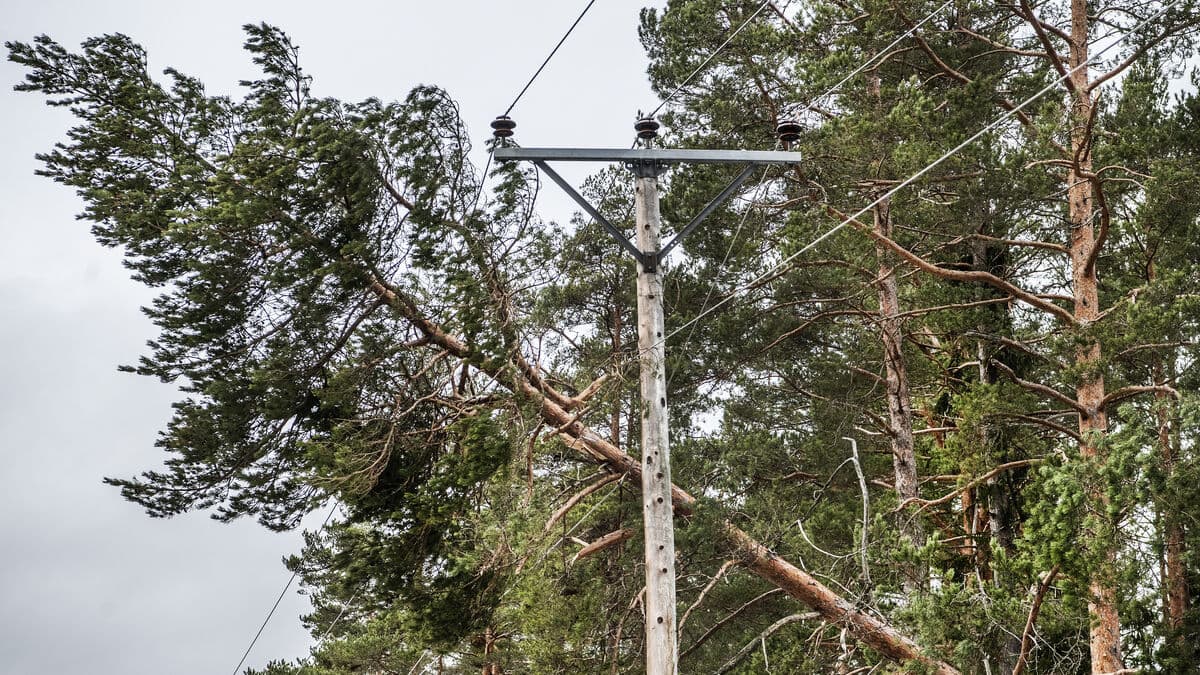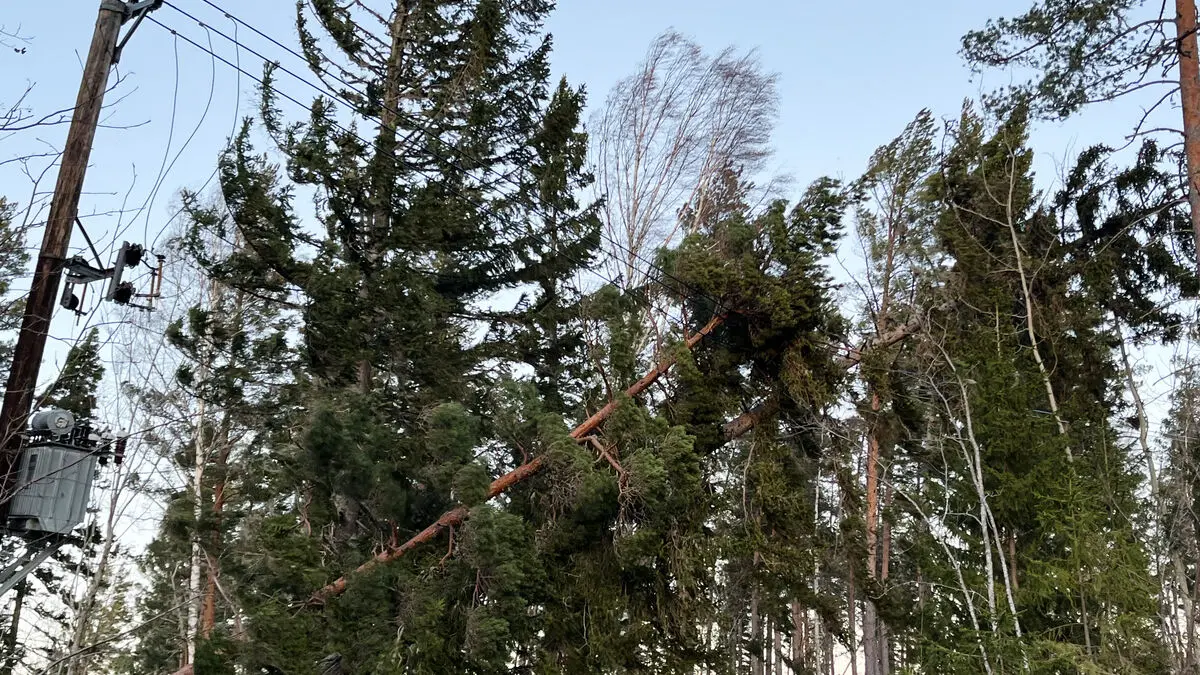The general public, but especially hunters, are being urged to help investigate when animals give birth to young – so that hunting seasons can be adapted to new conditions.
"We know that today's hunting seasons are partly based on old and incomplete data. This applies to both when the young are born and when they become independent," says Cecilia Di Bernardi, a researcher at the Swedish University of Agricultural Sciences (SLU), according to a press release.
Spring is now arriving three to four weeks earlier than 50 years ago, according to SLU. Therefore, they want to find out what happens when the conditions change – are the young being born earlier?
In a new research program, funded by the Swedish Environmental Protection Agency, SLU will gather current knowledge about when the young are born and when they can fend for themselves.
According to SLU, hunters have a unique opportunity to contribute data through the hundreds of thousands of wildlife cameras that are in place. Additionally, they handle thousands of fallen animals.
Wildlife cameras can show when the young are born and how long they follow their parents. Images of shot animals can reveal whether the females are still nursing their young.
The research focuses on foxes, badgers, pine martens, otters, hares, and beavers.





